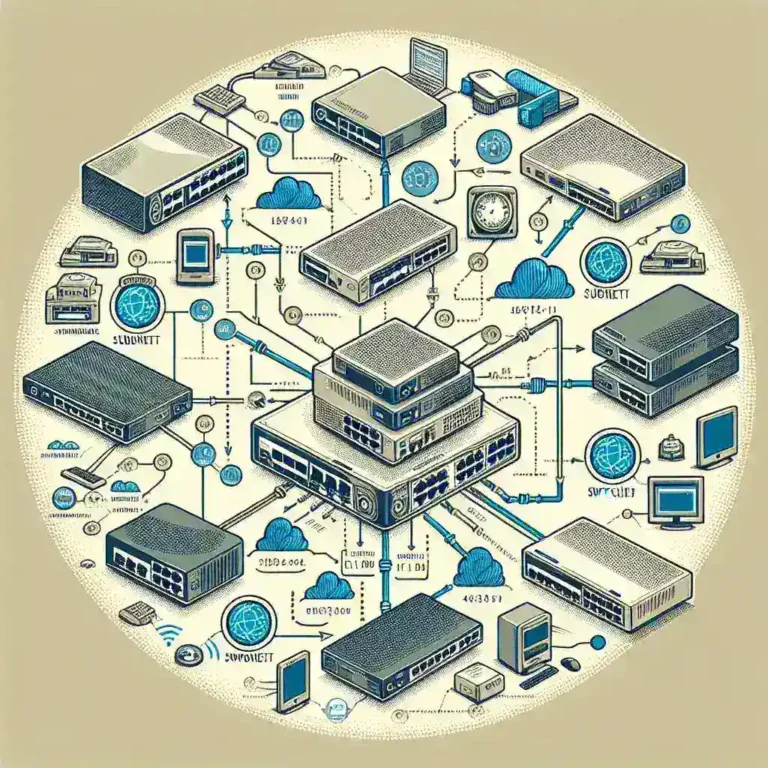Encountering the “Device Not Managed” error in Network Manager can be quite frustrating, especially when you rely on a stable network connection for your work or daily activities. This error typically indicates that the Network Manager is unable to manage the network interface, leaving users unable to connect to the internet. This comprehensive guide will walk you through various methods to fix this issue and regain network connectivity.
Common Causes of the “Device Not Managed” Error
Before diving into the solutions, it’s essential to understand the common causes of the “Device Not Managed” error in Network Manager. Here are some of the primary reasons:
- Configuration conflicts with other network management tools
- Incorrect settings in the Network Manager configuration file
- Permissions issues
- Outdated network drivers
Table: Common Causes and Solutions
| Cause | Solution |
|---|---|
| Configuration conflicts | Disable conflicting network management tools |
| Incorrect settings | Update Network Manager configuration file |
| Permissions issues | Adjust user permissions |
| Outdated drivers | Update network drivers |
Step-by-Step Solutions to Fix the “Device Not Managed” Error
1. Disable Conflicting Network Management Tools
Other network management tools like ‘ifupdown’ can create conflicts, leading to the “Device Not Managed” error. To resolve this, you need to disable these tools.
sudo systemctl stop networkingAfter stopping the conflicting tool, restart the Network Manager:
sudo systemctl restart NetworkManager2. Update Network Manager Configuration File
Incorrect settings in the Network Manager configuration file can also cause this error. Follow these steps to update the configuration file:
- Open the configuration file using a text editor:
sudo nano /etc/NetworkManager/NetworkManager.conf- Ensure the following settings are present:
[ifupdown]
managed=trueSave the file and restart the Network Manager:
sudo systemctl restart NetworkManager3. Adjust User Permissions
Sometimes, the error is due to insufficient permissions. Make sure that your user has the necessary permissions to manage the network.
Add the user to the ‘netdev’ group:
sudo usermod -aG netdev [username]Replace [username] with your actual username. Log out and log back in for the changes to take effect.
4. Update Network Drivers
Outdated network drivers can also cause the “Device Not Managed” error. Keeping your network drivers up to date is essential for seamless network management.
To update your network drivers, follow these steps:
- Identify your network hardware:
lspci | grep -i network- Download and install the latest drivers from your hardware manufacturer’s website.
- Reboot your system to apply the changes.
Additional Tips
Check Network Manager Status
To ensure that the Network Manager is running correctly, check its status:
sudo systemctl status NetworkManagerIf it is not running, start it:
sudo systemctl start NetworkManagerExamine System Logs
System logs can provide valuable clues about the error:
journalctl -xeExamine the logs for any related errors or warnings and troubleshoot accordingly.
Use Terminal-Based Network Utilities
If you need to manage your network using command-line tools, you can use ‘nmcli’ for Network Manager:
nmcli device statusThis command will display the status of all network devices managed by the Network Manager.
Conclusion
The “Device Not Managed” error in Network Manager can be resolved by understanding the underlying causes and applying the appropriate solutions. Whether it’s disabling conflicting tools, updating configurations, adjusting permissions, or updating drivers, this guide provides a comprehensive approach to fixing the error and ensuring smooth network management.
By following these steps, you can prevent future occurrences and maintain a stable and managed network connection.



